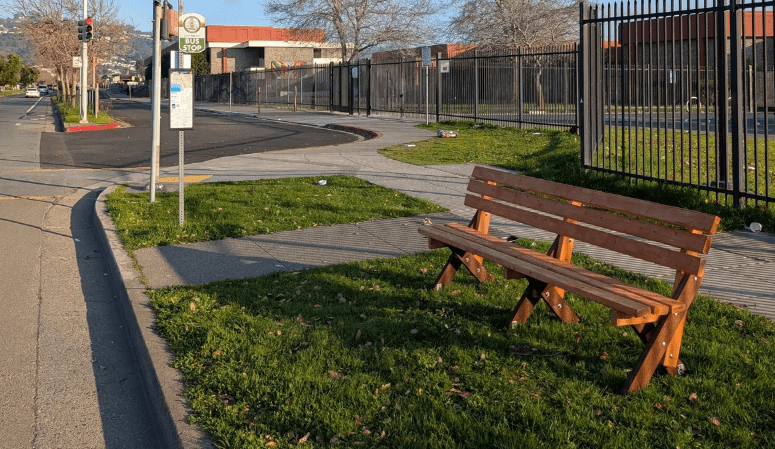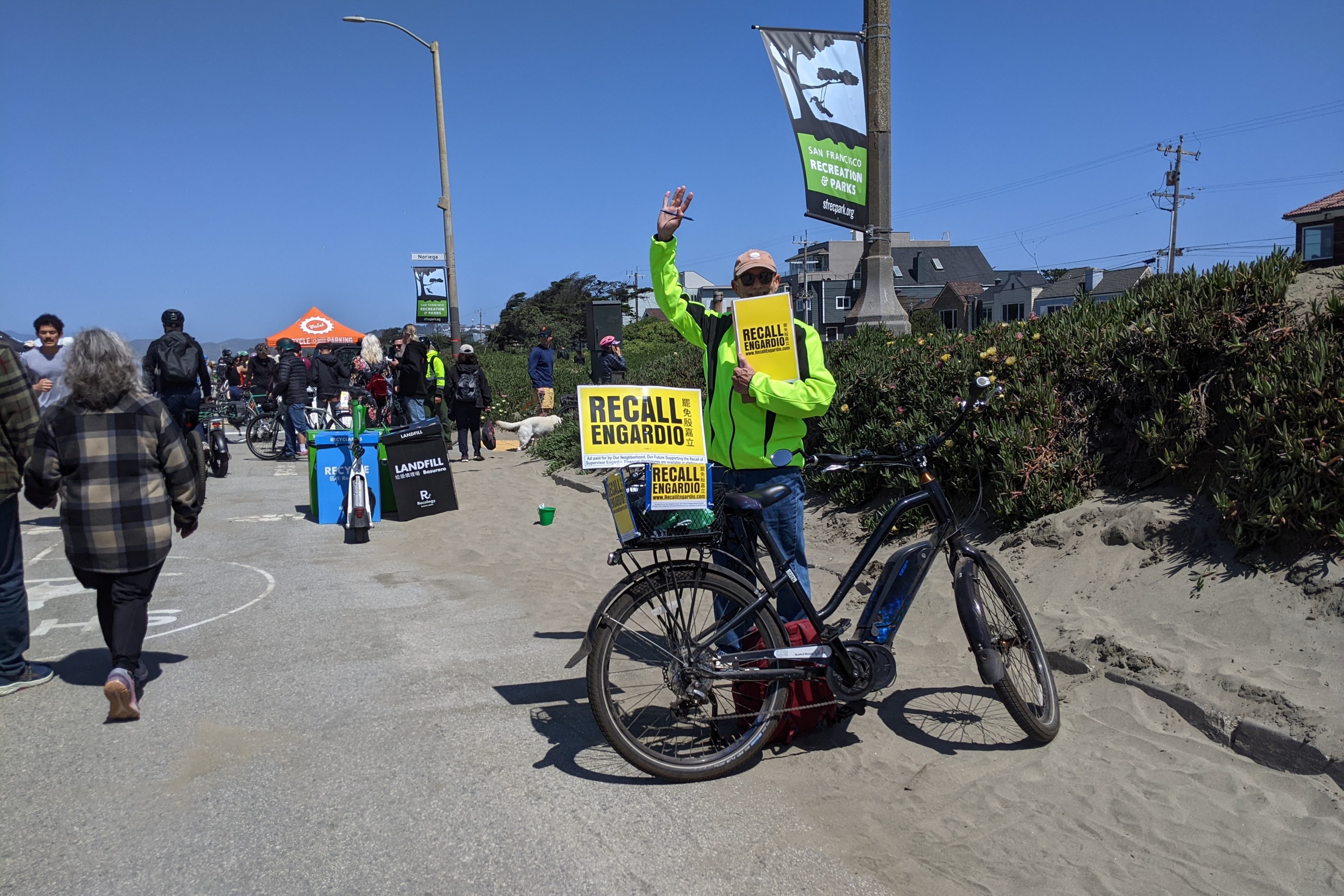
If you’re a middle-income person living in the Philadelphia metro area, there’s an 85 percent chance you live within three-quarters of a mile of a transit stop, and you probably have to wait about 12 minutes for a bus or train. But if you’re looking for work, beware: only 20 percent of the jobs in the region are accessible to you via transit in a reasonable amount of time.
Older transit agencies like Philadelphia’s SEPTA are getting left behind by job sprawl, according to the Brookings Institution’s exhaustive new study on transit access to jobs. SEPTA is a hub-and-spoke system, concentrating transit access in the center city, while more and more job centers are located in the suburbs. Surprisingly, Brookings concludes that some sprawling western cities have better transit connectivity than more compact cities, since their transit networks are designed to fit their spread-out metro areas. Most importantly, they connect suburbs to suburbs better than many traditional systems, where all transit lines meet in the city center.
Brookings scholars will tell you, mapping transit access to jobs in 100 metro areas, with data from 371 different transit providers (some of which sent their data on paper) is no easy feat — “an act of academic masochism,” in the words of Bruce Katz, director of Brookings’ Metropolitan Policy Project. What they came up with is the largest database ever collected in the history of Brookings. The resulting report, “Missed Opportunity: Transit and Jobs in Metropolitan America,” could spur a shift in the way metropolitan areas plan transit service.
After all, there’s a difference between having a subway station or bus stop near you and having a transit system that gets you to the places you need to be. And the most important destination is the workplace. Transit is most valuable when it can take people from where they live to where the jobs are. But most regions are poorly equipped to provide that connectivity, especially for the people who would benefit the most: Low-income residents who need access to low-skill jobs.
Brookings found:
- Nearly 70 percent of residents in large metropolitan areas live in neighborhoods with access to transit service of some kind. Transit coverage is highest in Western metro areas. Overall, it’s far better in cities and low-income communities than suburbs and high-income communities.
- But the typical metropolitan resident can reach only about 30 percent of jobs in their region via transit in 90 minutes. Even in Washington and New York, only 37 percent of jobs are accessible to the typical commuter.





